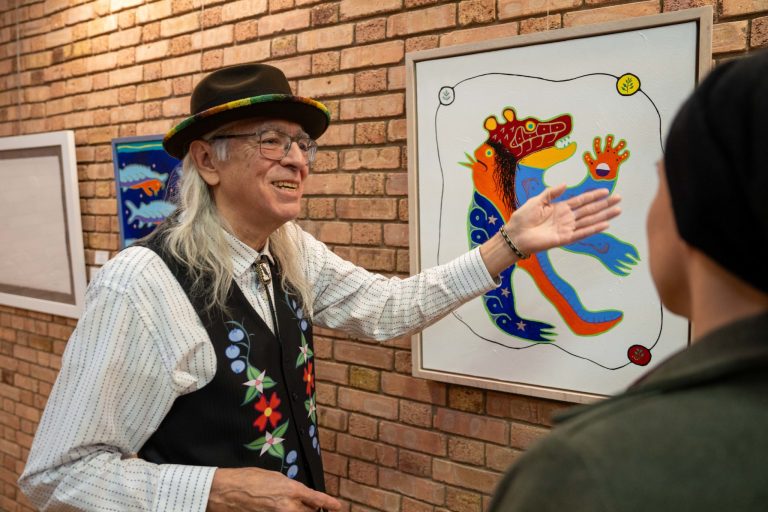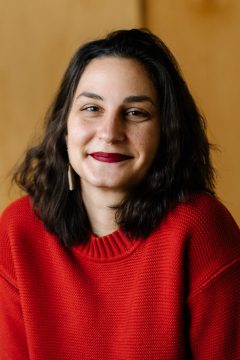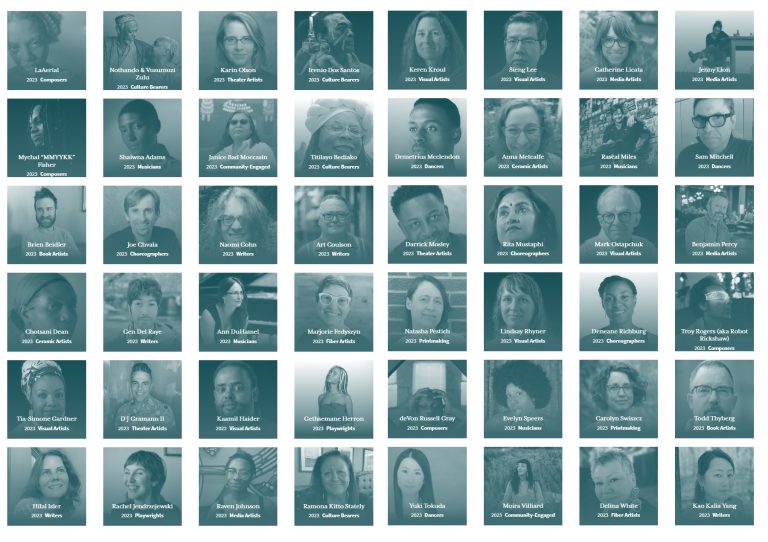“We believe artists play a key role in rewriting the rural narrative,” says Michele Anderson, rural program director for Springboard for the Arts, a longtime grantee of The McKnight Foundation.
Anderson is an organizer, and as a composer, creative writer, and pianist, an accomplished artist herself. “We have learned over and over again that rural towns are places of intense complexity, innovative collaborations, and overwhelming creativity,” she says.
From her office window in the west central Minnesota town of Fergus Falls (pop. 13,304), Anderson sees working artists adding immense public value. In 1962, the interstate system that crisscrossed the nation relegated investment and businesses to the west side of town to meet the interstate, and the downtown economy stalled. While the story could have ended there with further decline, the community decided otherwise.
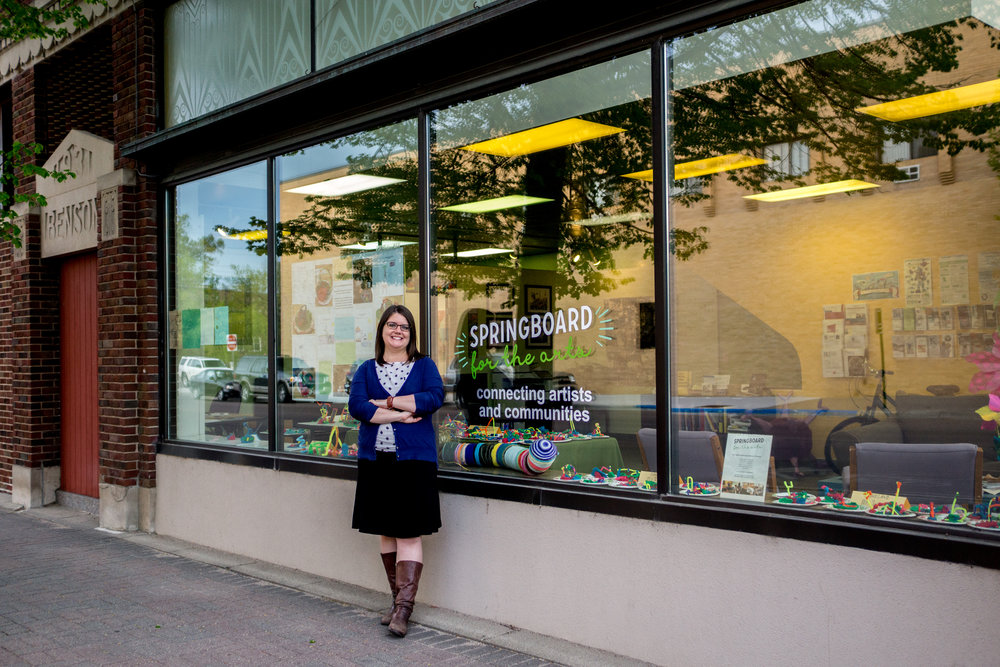
Fergus Falls gradually went on to earn a reputation as a town that believed in the power of the creative community, and today, it’s seeing real social and economic progress. Working artists have created meaningful spaces and strengthened the local economy. In the 1990s, for example, residents renovated the old theater and turned it into a public gathering space. Later, they prevented the demolition of the Kaddatz, a historic hotel downtown, and, with the help of Artspace, another McKnight grantee, turned it into a place where artists can live and exhibit their work.
From her office window in Fergus Falls, Michele Anderson sees working artists adding immense public value.
In what has become a national model, artists in Fergus Falls worked within their communities to create a meaningful, vibrant, and equitable place. According to the 2017 Creative Minnesota report, the economic impact of the arts and culture activity in Fergus Falls alone is nearly $3 million every year.
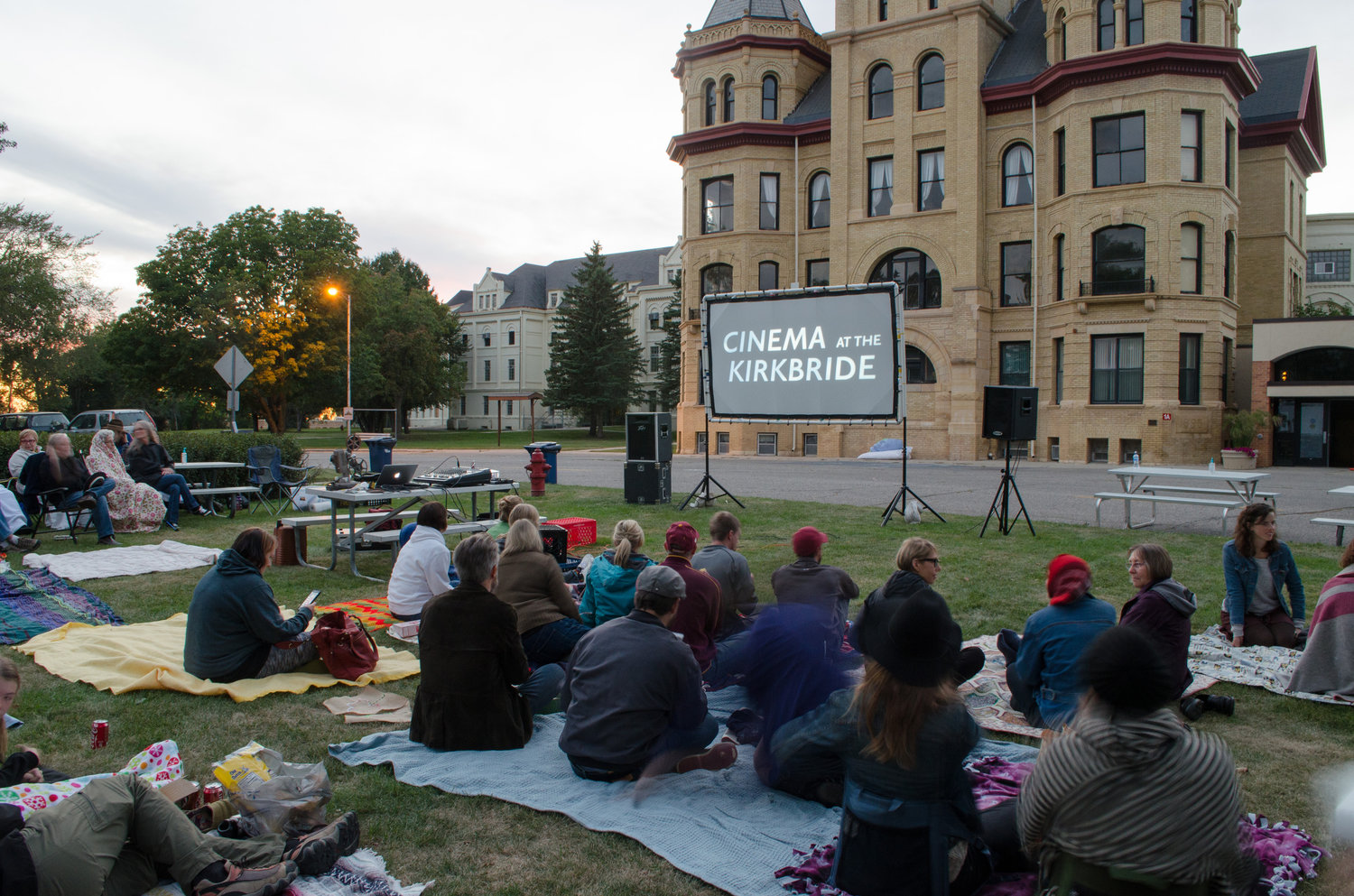
Out of Complex Past, a Space to Connect
When Springboard opened an office in Fergus Falls in 2011, the town was abuzz over the future of the unique parcel known as the Kirkbride Building.
For more than a century, the 500,000-sq.-ft. property was a state hospital for patients with mental illness, developmental disability, and chemical dependency. Some residents wanted the city to sell the property, others wanted to renovate it, and yet another group wanted to demolish it.
With a grant from ArtPlace America, another McKnight grantee, Springboard planned a year of activities at the Kirkbride Building to help the community unpack the complex history and memories of living in a town with a mental health institution. From artist-driven workshops, original theater productions, and exhibitions, to performances that encircled the building, local artists transformed the once uneasy relationship between the Kirkbride Building and the community.
“There was this really beautiful process of peeling back all these layers of the community’s identity and attachment to this facility,” says Anderson.
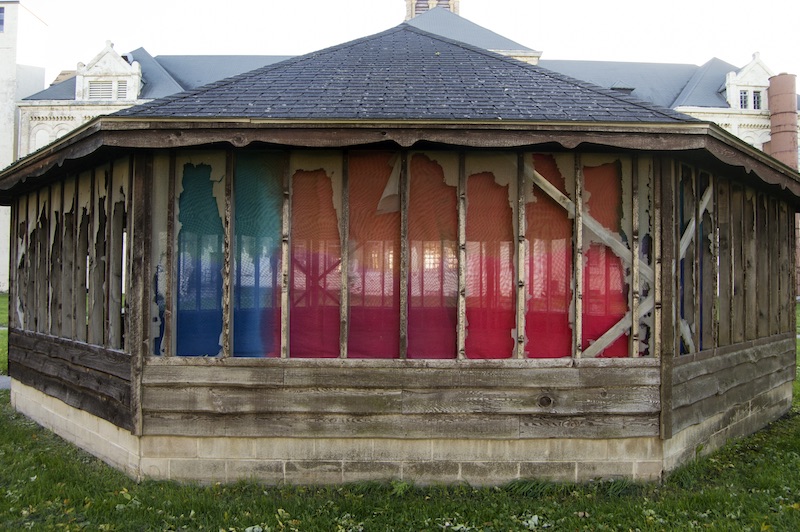
The arts activity at Kirkbride didn’t stop there. Springboard hosts an ongoing residency program, Hinge Arts, on the campus. Artists come two at a time and stay anywhere from two to twelve weeks. While the fate of the former state hospital is still up in the air, Springboard succeeded in restoring humanity to a site fraught with tension.
Artists are bridge builders, agents of change, and essential public leaders.
Springboard’s rural programming demonstrates McKnight’s approach to arts grantmaking, recognizing that working artists are a key to building vibrant communities. In 2016, the McKnight arts program team refreshed its grantmaking approach and released a theory of change that describes a mutually beneficial cycle between artists and the state of Minnesota; a logic model, the practical map from their strategies to the outcomes the program strives to achieve; and an artist support structures model, which identifies six interconnected career resources that all artists need in order to succeed.
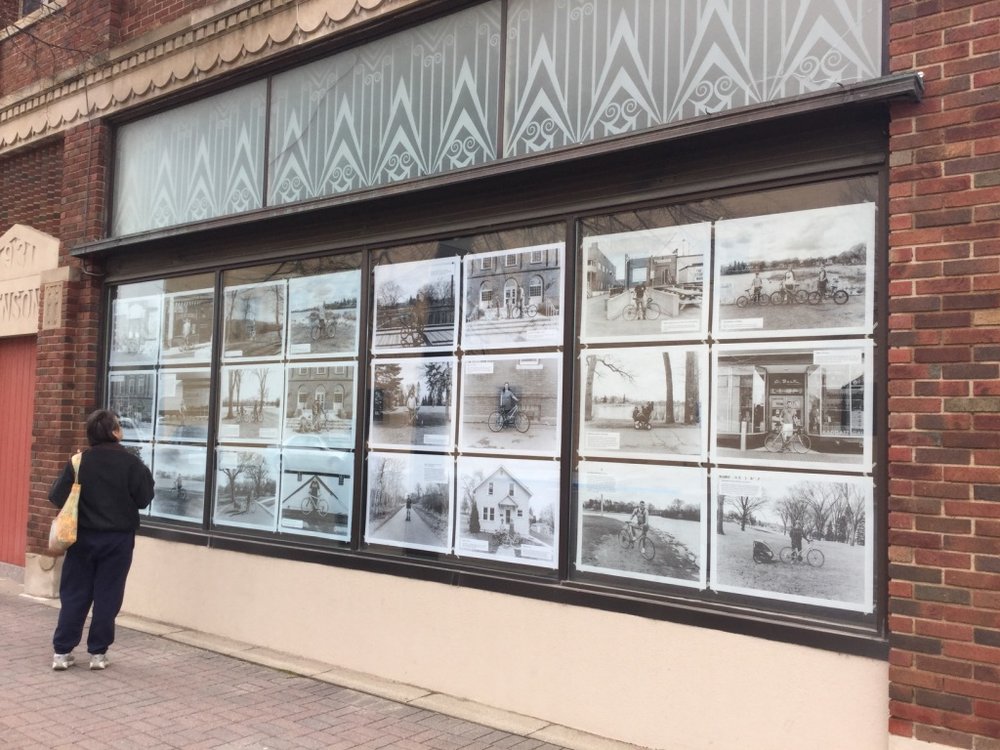
In this view, artists are bridge builders, agents of change, and essential public leaders. Working with artists fosters locally based approaches for creative problem-solving, authentic narratives of community identity, healthier economies, increased and more diverse community engagement, and stronger networks and social capital.
The Fergus Falls story is just one amid countless others. McKnight’s arts grantees, regional arts councils, and artist fellowships have long recognized the power of artists to strengthen communities.
“The future of rural communities looks bright from my desk in west central Minnesota,” says Anderson. “Artists need to be recognized as a resource in this work of promoting rural communities as places of wild possibility.”
